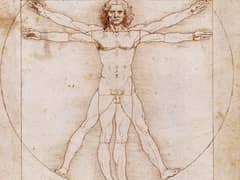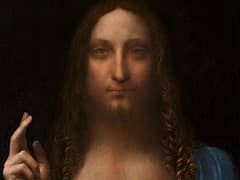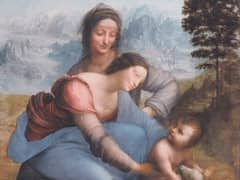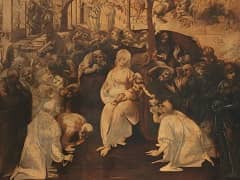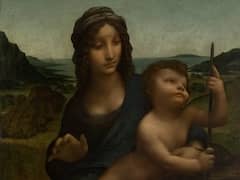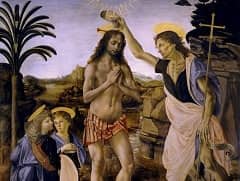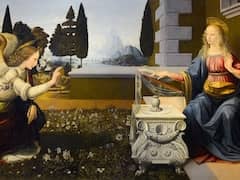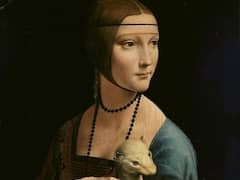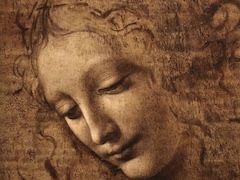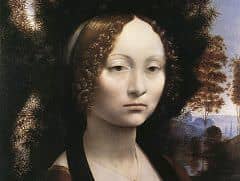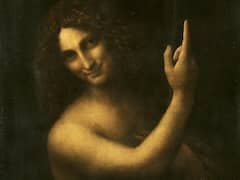Designs for a Scythed Chariot - by Leonardo Da Vinci
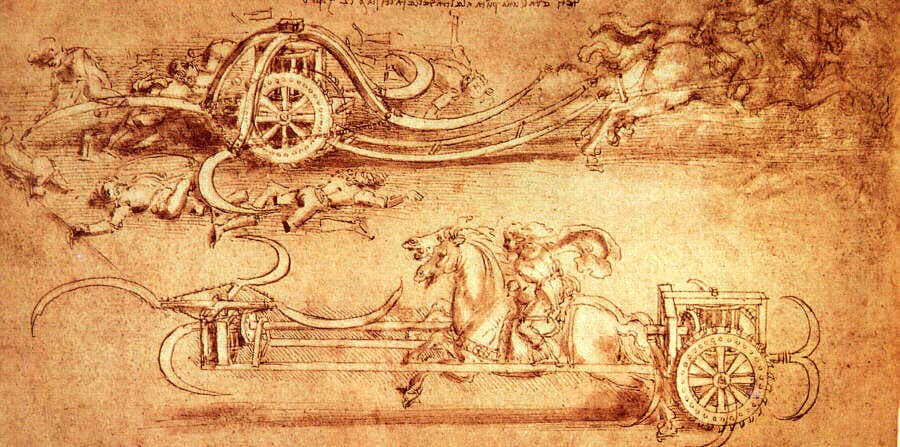
Leonardo's extensive studies of weaponry correspond closely in scope and ambition to the claims he made in his letter to Ludovico, embracing all types of contraptions, both ancient and modern: he drew up annotated lists of classical devices, based upon sources such as Valturio and Vitruvius; he worked on feasible designs for modern cannons, crossbows, etc., with careful investigations of their ballistics; and he sketched military fantasies which certainly outstrip the technological realities of the period.
One family of designs from the 1480s combines all these elements at the same time: classical precedent, military reality and a dash of inventive fancy. The illustrated example shows one of his many schemes for scythed chariots of a decidedly nasty kind; a related drawing in Turin (Royal Library) displays its chopped-up victims to underline its intended effect. Such designs were generically based upon classical descriptions and were conceived as much for their sense of stylishness as for their practicality in modern warfare. Indeed, he followed Valturio in doubting the value of such scythed chariots, pointing out that they 'often did as much injury to friends as they did to enemies' . Below the chariot drawing is a disarmingly charming idea for a deadly woodlouse which was intended to scuttle across the battlefield on its four wheels, dispensing a hail of shots from around its rim. Similarly automated systems of multiple weapons, deploying arrays of crossbows or closely ranked gun barrels, occur regularly in his Milanese drawings.



